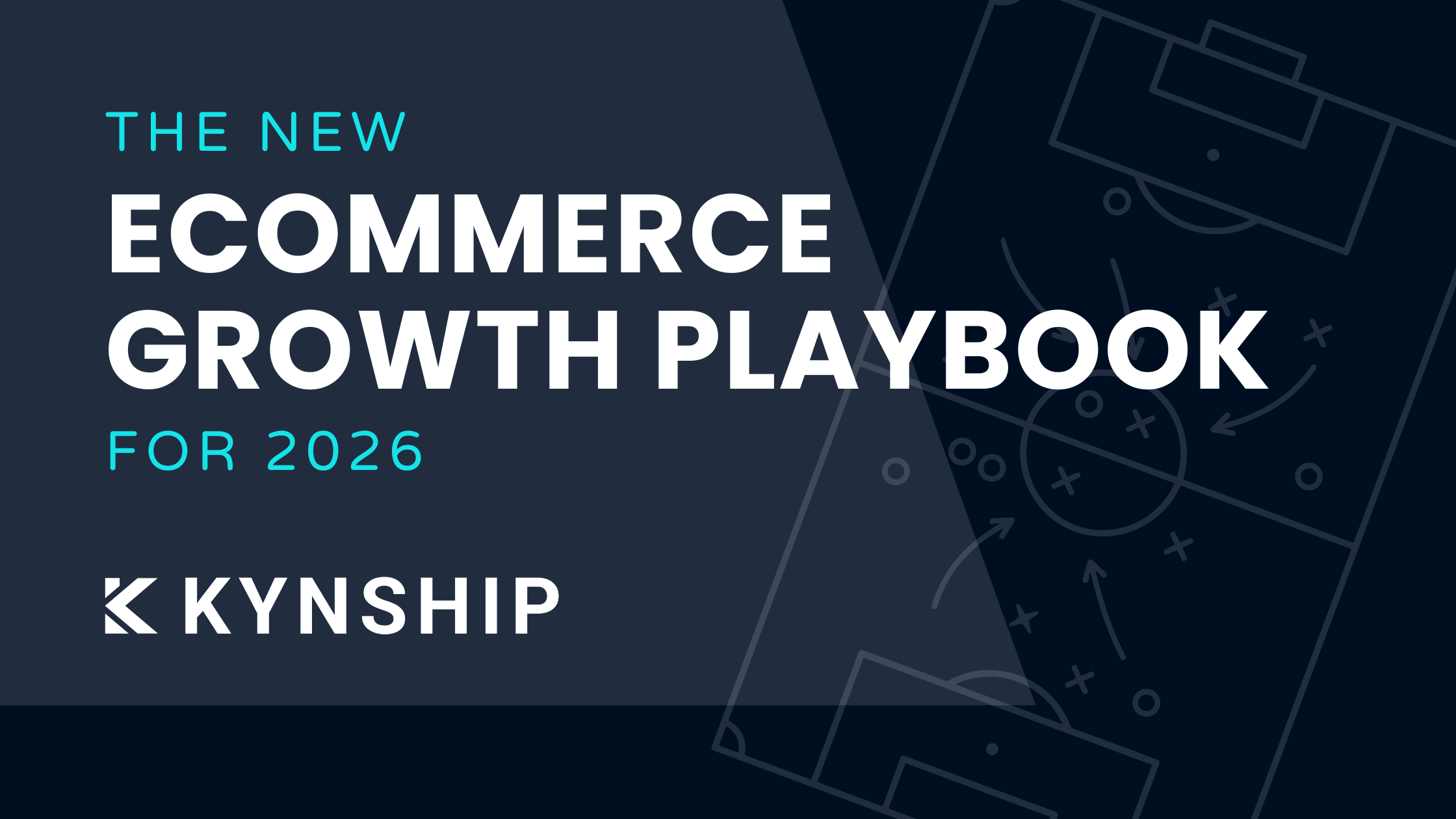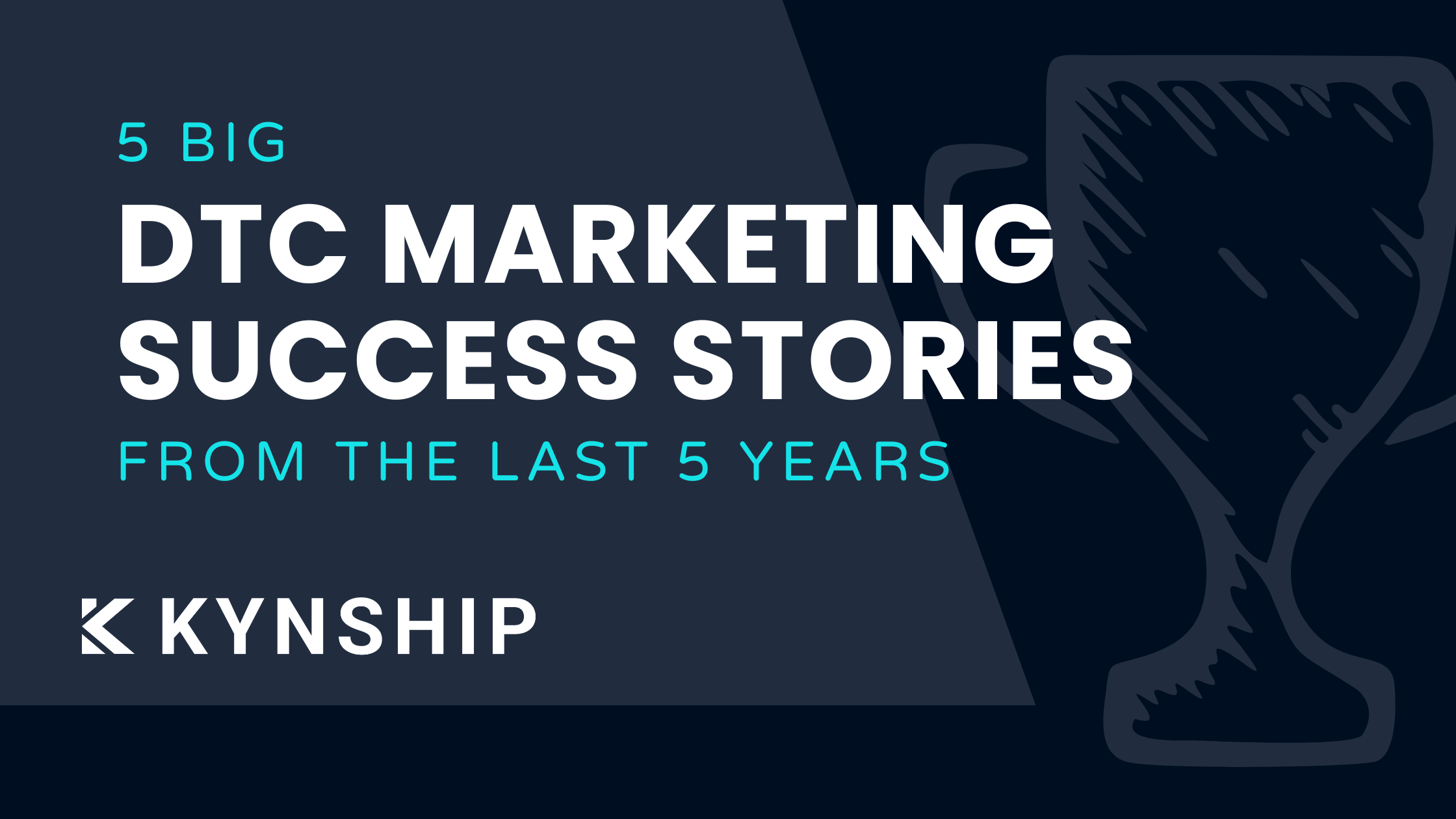How to Create An Influencer Brief That Guides (Not Directs) Winning Creative
.png)
Influencers are putting their foot down. They are asking for more creative freedom and 83% regard it as their first priority.
Plot twist: Creators still want parameters to work within. This creates a balancing act. Too strict and you take away the freedom and creativity from the influencer. Too loose and you won’t receive the creative content you need to hit your campaign goals. So what do you do?
I'm about to share everything Kynship includes in their influencer brief template — from best practices to the downloadable template itself! Ready?
Influencer Brief Template
I keep my promises. Download our influencer brief template for safekeeping and follow along as I dive into every section in detail.
It has all the pointers you need to guide your influencers to creating thumb-stopping content that will push your audience further into the checkout line.
What Should an Influencer Marketing Brief Include?
Got the template? Good, let's go. After we get an influencer contract in place, we send them our influencer brief covering four main sections:
- Brand overview — pronunciation, logo, product bio, social handles
- Example talking points — key messages you want the influencer to talk about, campaign messages
- Deliverables & submission guidelines — what is the creator producing, formats required, and how they can submit their content
- Example scenes — what type of content are you looking for? Providing inspiration of scenarios where you can use your product or service
Let’s explore each of these in more detail with some examples.
Section One: Brand overview
Key information to include:
- Your logo
- Phonics, if your brand name can be mispronounced
- A short blurb about your brand and product
- Your social media handles

Section Two: Example Talking Points
Key information to include:
- Example talking points — explain what you want the influencer to highlight about your product or service
Just include enough detail that gives the influencer some options to talk to and will satisfy the the brand’s main selling points. Never give exact wording. This takes away the creator’s natural voice and you run the risk of the content sounding too ‘scripted.’

Section Three: Deliverables & Submission Guidelines
Key information to include:
- Clarity on what deliverables you expect the creator to submit (i.e length, type of content)
- Provide an easy place for influencers to submit their content (i.e Google Drive, Dropbox etc.)
Tip: We recommend asking the creators for copies without filters or text overlay. You want the raw, unedited versions of the content. As authentic as it gets!
At this point you’re probably thinking ‘these inclusions are nothing out of the ordinary.’ Well, I’m glad I have your attention because here is where most brands go wrong in the briefing process …
For many brands using the pay-per-post model, using the same influencer brief template to brief in organic posts with multiple influencers is common. It’s what brands are used to doing.
The problem: There is no thinking behind the customer journey. They are simply a one-off post reinforcing the exact same templated talking points and re-engaging the same audience.
The solution: There needs to be intentionality behind the content you’re creating with influencers. What do we mean by intentionality?
It requires you to think about:
- Your customer journey overall
- The different audience segments you target through Facebook and Instagram Ads
- What influencer content is the best fit to help you convert that audience at each stage
Thinking this way helps you provide enough detail and inspiration in your briefing document to steer the influencer in a targeted direction for the content. In other words, creating content that's going to get you results!
This is where the final piece of our briefing puzzle comes in — example scenes.
Section Four: Example Scenes
Key information to include:
- What camera angle you want the creator to film with. We always recommend selfie view because we want the creator in the shot, it’s more natural, and native to the platform.
- Example scenes. These are kind of like a mood board, but better. Once you know what type of influencer content will convert your target audiences at each stage, you can work this thinking into your example scenes.
Let’s break this down further:
- How do we want to position influencer creative in front of each of these customer segments?
- People that have never heard or interacted with your brand before
- People who showed an initial interest by visiting your website
- People who are on the cusp of buying who recently abandoned their cart
How to Apply Customer Journey Methodology to Your Influencer Briefing Process
This section talks about how you can bring intentionality to the influencer generated content you create with influencers. By aligning the right type of content at each stage of the customer journey, you increase your chances of conversion or achieving the brand awareness metrics you've set.

Here is what type of content you should create with influencers every step of the way to convert your target audiences:
The first touchpoint
Consists of audiences who have never heard about your brand or interacted with your product. The type of influencer content you should create for people who have never interacted with your brand should focus on the following:
- Be clear from the start on what the product or service is
- Include how it differentiates itself from the rest of the market
- Give reasons why people should buy your product
The second touchpoint
Speaks to audiences that may have engaged with your social media channels before and newsletter subscribers. Your influencer creative at this touchpoint might:
- Speak to a brand promotion, giveaway, or discount codes
- Retarget this audience segment with a deal to take their initial interest to the checkout line
The third touchpoint
Speaks to recent website visitors. There are two approaches you can take with your influencer creative here:
- The first campaign objective is to build brand awareness — focus the content on what you’re all about, what you care about. Essentially, think of this as a brand piece
- The second campaign objective is conversions — create mashable style ads from pieces and clips from all the different content sourced from influencers into a single ad. This positions your product/service as if it’s everywhere. It really instills FOMO.
The fourth touchpoint
Speaks to people who have recently viewed a particular product or added to cart. They are on the cusp of converting. With this in mind:
- You could start the video with the influencer saying something along the lines of ‘I think you may have forgotten something in your cart?’ or ‘Hey, did you forget something?’ This helps to stop people in their tracks and grab their attention instantly. Once you do, the influencer can give their own personal testimonial to really hit home why they love the product so much

Time To Create Your Own Influencer Brief
Giving influencers talking points is okay, taking away their creativity is not.
An influencer brief should not be a rinse and repeat template. Instead, it should be a working document you tailor to suit every single influencer partnership and the stage of the customer journey you're targeting. For your next campaign, use our template as a foundation to put together unique creative briefs for every influencer you partner with.
With a solid influencer brief template, you’ll receive highly-targeted creative that can be leveraged to scale your ad account and get you the influencer marketing ROI you’ve been aiming for.


5 DTC Marketing Success Stories From The Last 5 Years
Five real DTC marketing success stories from the last five years, breaking down how brands scaled despite rising CAC, creative fatigue, and tougher competition, plus key lessons you can apply today.

The New Ecommerce Growth Playbook For 2026
These are the ecommerce growth marketing strategies we are using right now to successfully scale DTC brands from $2M to $50M.
Bi-weekly tips to reduce your CAC
Join thousands of DTC operators and subscribe to Cut the CAC for insights from the Bottom Line Podcast and Kynship's growth strategies.


.avif)
.avif)
.avif)




